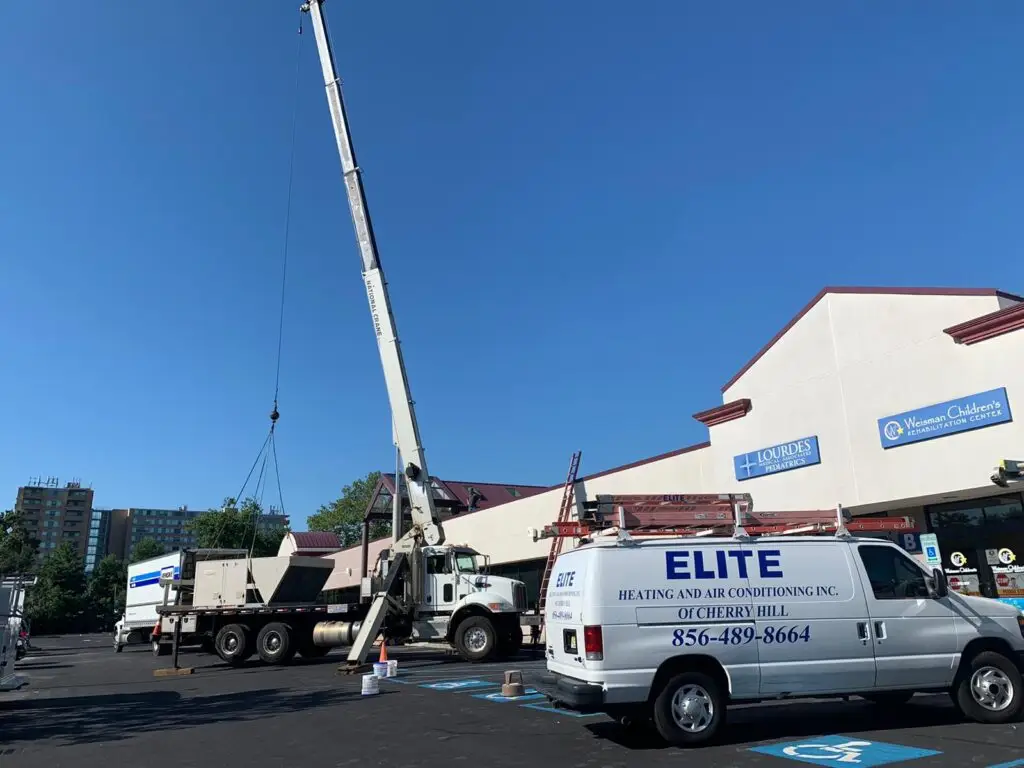Utilities costing a fortune? How to manage HVAC in low occupancy buildings
The cost of heating and cooling low-occupancy buildings
This week, I was called to a large office building. I was on the top floor, a vast space of more than 100,000 square feet. It was unoccupied, yet the building’s thermostats were set to a comfy 70 degrees everywhere. The utilities for this building were costing a fortune! There are definitely better ways to manage commercial HVAC in low-occupancy buildings!
The changing world of work
Before COVID, most offices and commercial spaces ran on a 40-hour work week, minimum. During COVID, however, employees proved they could effectively work from home. Businesses began to cut back on the amount of time that workers had to be on-site, reducing their need for corporate space. After COVID, companies realized that the world of work had changed. Many businesses now allow employees to work completely from home or to have hybrid schedules.
Without the need to house full staff every single day, businesses cut back on their square footage requirements.
The result is that a lot of building owners and property managers are faced with unoccupied space and low tenancy, resulting in decreased revenue. Worse yet, those unoccupied spaces still cost the owners a lot of money in heating and cooling costs.
If you’re one of them, don’t despair!
Building owners CAN fight the problems created by low occupancy and rising fuel costs with these strategies:
1. Implement Zone Control Systems
One of the most effective strategies for managing HVAC in unoccupied tenant spaces is the implementation of zone control systems. According to the U.S. Department of Energy (DOE), a zone control system divides a building into multiple zones with separate temperature controls. This allows for precise temperature adjustments in specific areas, reducing energy consumption significantly. The DOE states that a zone control system can save up to 30% on energy costs.
2. Utilize Occupancy Sensors
Occupancy sensors are another valuable tool in HVAC management. These sensors can detect when a space is unoccupied and adjust the temperature or ventilation accordingly. The Building Owners and Managers Association (BOMA) recommends the use of occupancy sensors to reduce energy waste in unoccupied areas, estimating energy savings of up to 30%.
3. Employ Smart Thermostats in low-occupancy buildings
Smart thermostats are gaining popularity in HVAC management. These devices can learn occupancy patterns and adjust HVAC settings automatically. According to the American Council for an Energy-Efficient Economy (ACEEE), buildings with smart thermostats have shown an average reduction in HVAC energy use by 10-15%.
If an office suite doesn’t start work until 8:00 a.m., a smart thermostat could turn on the heating or air conditioning at 6:00 a.m., giving it time to bring the space to the desired temperature, but it wouldn’t run all night long!
4. Regular Maintenance and Tune-ups
HVAC professionals emphasize the importance of regular maintenance and tune-ups for heating and air conditioning systems. Proper maintenance ensures that the HVAC system operates efficiently, even in unoccupied spaces, preventing reduced efficiency and increased energy consumption.
5. Monitor and Analyze Energy Usage Data with BAS
Data-driven decisions are crucial for HVAC management in unoccupied spaces.
That’s the beauty of Building Automation Systems, or a BAS, for short.
Building Automation Systems monitor and analyze energy usage data. They also track occupancy status and can turn out lights and lower the heat or air conditioning when no one is in the office. Link them digitally to weather reports and they can adjust the temperature or humidity to compensate for the weather.
A BAS can send out alarms for malfunctions, pinpoint problems, and predict future usage.
Best of all, Building Automation Systems save owners big bucks!
“According to the Metropolitan Energy Coalition, a basic building automation system saves between $0.20 and $0.40 per square foot in utility costs each year. More recent research by the Multidisciplinary Digital Publishing Institute found that implementing a building automation system can reduce energy expenses by 24%, rising to 57% when combined with other energy-saving measures.”
The power of remote control
You know it’s going to happen.
We’re bound to have a blizzard or two this year. It’s certain that we’ll have some scary thunderstorms. The winter may bring us subzero temperatures.
But the power of remote control is that you can prepare your building for it remotely using any of these methods. You can save money and protect your property from damage with a few computer clicks without getting out in the weather!
Elite Heating and Air Conditioning can help
If you want straight answers, solid solutions, and a company that cares about you and your property, call Elite Heating and Air Conditioning. We can help you save money – even in low-occupancy buildings!

- Building Automation Systems, building management, Elite Heating and Air Conditioning, Elite HVAC, Elite HVAC of South Jersey, EliteHVAC, low occupancy


